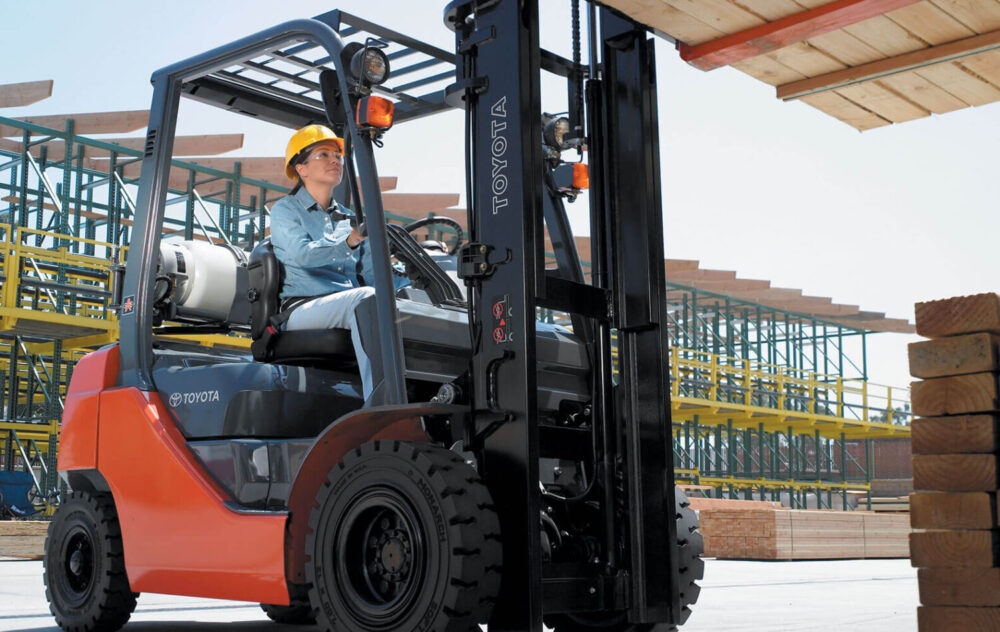When it comes to running a successful business, having the right equipment is crucial. In industries that involve heavy lifting and material handling, a forklift is often an indispensable tool. However, with so many options available in the market, choosing the right one can be a daunting task. To make an informed decision and ensure that you invest in the most suitable equipment for your operations, it is essential to consider several key factors.
Understanding Your Business Needs
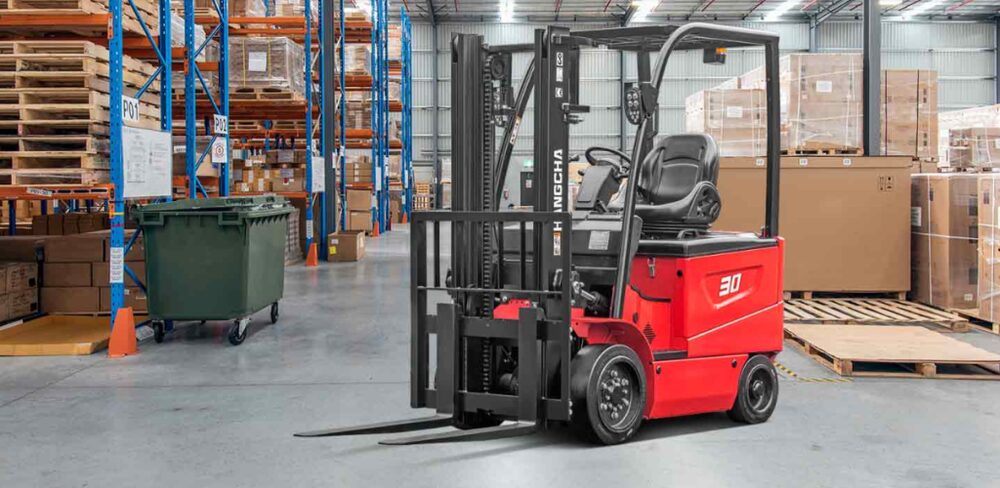
Source: wayco.ca
The first step when looking for forklifts for sale is to assess your business needs. Take the time to evaluate your operations and determine the specific tasks the forklift will be required to perform. Consider the type of materials you handle, the weight and dimensions of the loads, and the layout of your workspace. Are you operating in a warehouse with narrow aisles or in an outdoor setting where rough terrain might be a challenge?
Types of Forklifts: Choosing the Right Equipment for Your Operations
Once you have a clear understanding of your business needs, it’s time to explore the different types of forklifts available in the market. There are various types of forklifts, each designed for specific applications. Some common types include counterbalance, reach trucks, pallet jacks, and order pickers. Counterbalance forklifts are versatile and can be used both indoors and outdoors, making them a popular choice for many businesses. Reach trucks are ideal for warehouses with narrow aisles, as they have the ability to extend their forks and reach high-racking systems. Pallet jacks are excellent for moving pallets within a confined area, while order pickers are designed for picking orders at high levels.
Load Capacity and Lift Height: Determining the Required Specifications
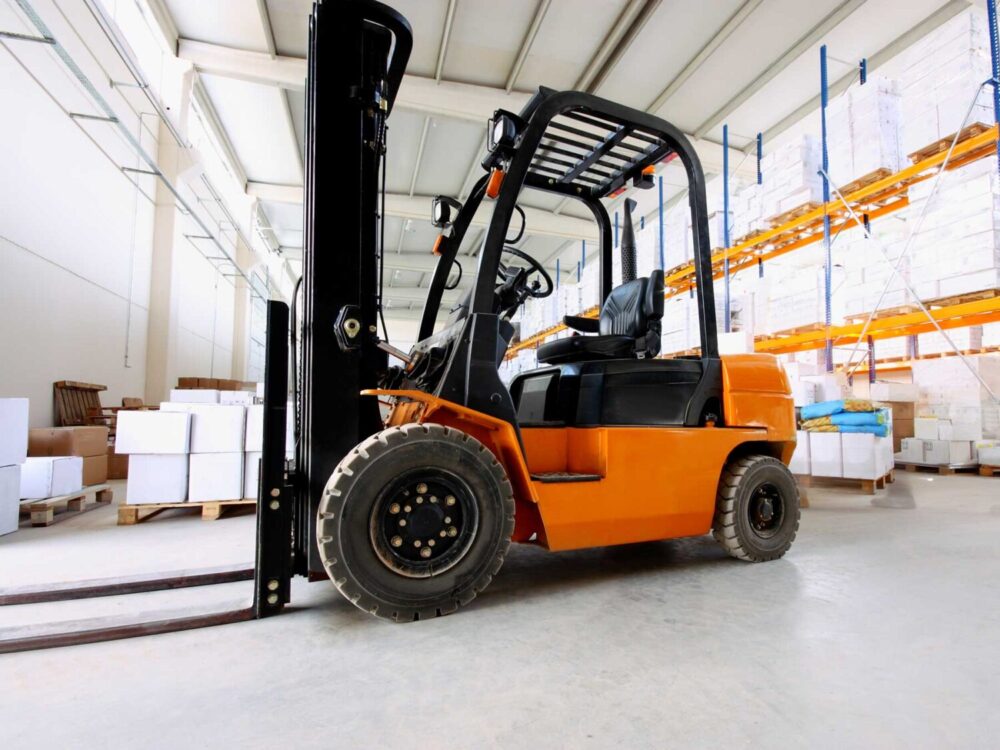
Source: bigrentz.com
Load capacity and lift height are critical specifications to consider when buying a forklift. The load capacity refers to the maximum weight a forklift can safely lift and transport, while the lift height determines how high the machine can raise the load. It is essential to accurately assess the average weight and dimensions of the loads you handle to ensure that the forklift you choose has the necessary load capacity. Similarly, consider the height of your warehouse racking systems or any other areas where the forklift will be required to lift loads. Ensure that the device’s lift height is sufficient to meet your operational requirements. Overestimating or underestimating these specifications can lead to inefficient operations or potential safety hazards.
Fuel Options: Exploring Electric, Gas, and Diesel Machines
Forklifts can be powered by various fuels, each with its own advantages and disadvantages. Electric forklifts are environmentally friendly, emit zero emissions, and are quiet during operation. They are ideal for indoor use, as they do not produce harmful fumes. Gas-powered machines, such as those using propane, offer flexibility as they can be used both indoors and outdoors. They are suitable for businesses that require longer operating hours, as they can be quickly refueled. Diesel forklifts are known for their power and durability, making them suitable for outdoor applications and heavy-duty operations.
Ergonomics and Operator Comfort: Ensuring Safety and Efficiency
The ergonomics of a forklift play a significant role in the safety and efficiency of your operations. A machine with well-designed ergonomics ensures operator comfort, reducing the risk of fatigue and injuries. Look for features such as adjustable seats, ergonomic controls, and good visibility from the operator’s position. Consider the ease of access and exit, as well as the placement of the controls and displays. A comfortable operator is more likely to maintain focus and perform tasks efficiently. Additionally, safety features such as seat belts, lights, and audible alarms should also be considered to further enhance operator safety.
Maintenance and Service: Evaluating Long-Term Costs and Support
These machines require regular maintenance to ensure optimal performance and longevity. Look for a model that has a reputation for reliability and durability. Additionally, consider the availability of spare parts and the proximity of authorized service centers. Research the manufacturer’s reputation for customer support and inquire about warranty coverage and service plans. Investing in a forklift with good long-term support can help minimize downtime and keep your operations running smoothly.
Safety Features: Prioritizing Forklifts with Essential Safety Systems
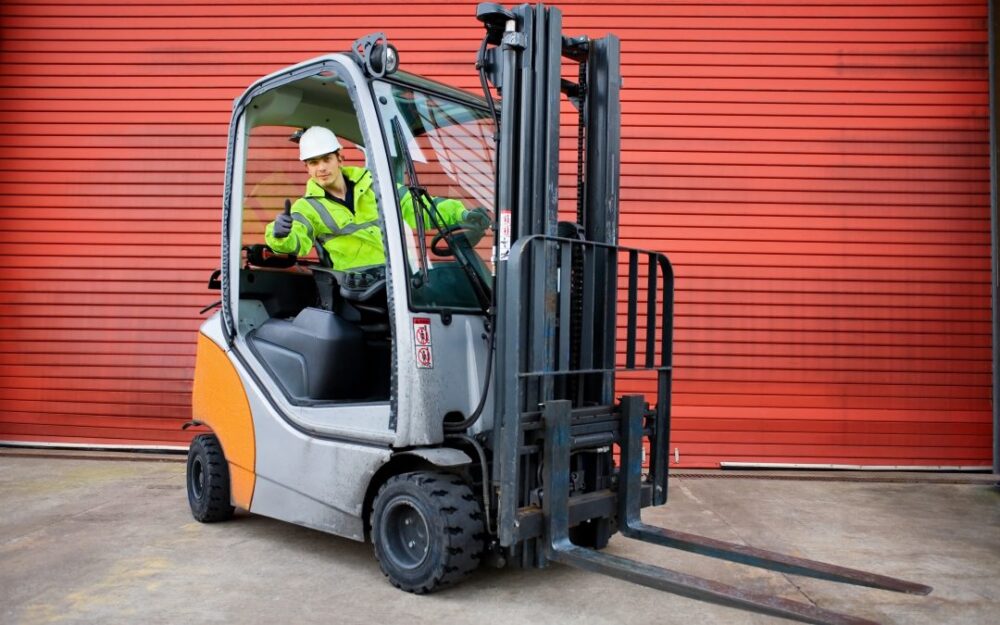
Source: optimumsafetymanagement.com
Safety should always be a top priority when buying a forklift. Look for models that come equipped with essential safety features. These may include features such as stability systems that prevent tipping, automatic speed reduction when turning, and advanced braking systems. Other safety features to consider are lights and alarms to improve visibility and warn pedestrians of the forklift’s presence. Models with integrated safety systems not only protect your operators but also help prevent accidents and injuries in your workplace.
Budgeting and Financing: Analyzing Costs and Financing Options
Budgeting for a forklift purchase involves considering the upfront cost as well as the long-term expenses. Determine your budget range based on your business requirements and research the market to get an idea of the price range for the type of forklift you need. Consider factors such as fuel costs, maintenance expenses, and potential productivity gains when evaluating the overall cost of ownership. If purchasing outright is not feasible, explore financing options such as leasing or rental programs. Assess the financial impact of each option and choose the one that aligns with your budget and long-term financial goals.
Dealer Selection: Finding a Reliable Supplier
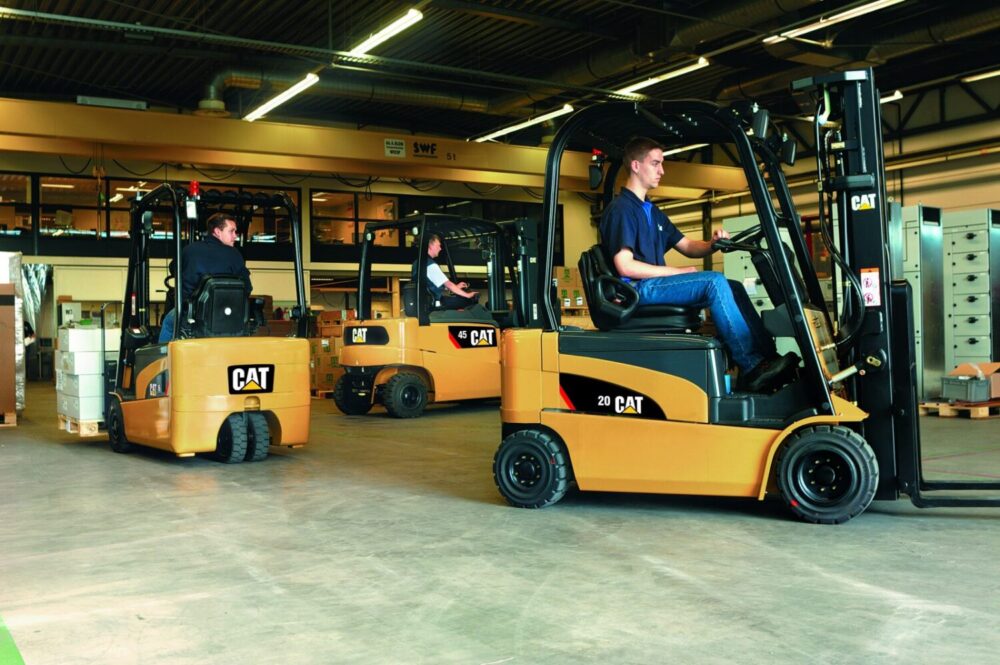
Source: albahar.com
Choosing a reliable forklift supplier is essential to ensure a smooth buying experience and ongoing support. Research reputable dealers in your area and consider their track record, customer reviews, and industry reputation. Look for dealers that offer a wide range of models from reputable manufacturers. A reliable dealer will guide you through the buying process, provide expert advice, and assist with after-sales support, including maintenance and repairs. Building a long-term relationship with a trusted dealer can add value to your forklift ownership experience.
Warranty and After-Sales Support: Assessing Warranty Coverage and Maintenance Plans
Finally, when buying a forklift, carefully review the warranty coverage and after-sales support provided by the manufacturer and dealer. A comprehensive warranty can provide peace of mind and protect your investment against potential defects or malfunctions. Inquire about the duration of the warranty, what it covers, and any exclusions or limitations. Additionally, assess the availability of maintenance plans and service packages that can help you stay on top of routine maintenance and avoid unexpected repair costs. A manufacturer and dealer that prioritize customer satisfaction and offer robust warranty and after-sales support can significantly enhance your ownership experience.
Conclusion
As you can see, there are a lot of important considerations to make when buying a forklift. From understanding your budget and size requirements to thinking about safety features and additional attachments, it’s essential to do your research before making any decisions. We hope this comprehensive guide has given you the information you need to make an informed decision on which forklift is right for your business needs.


